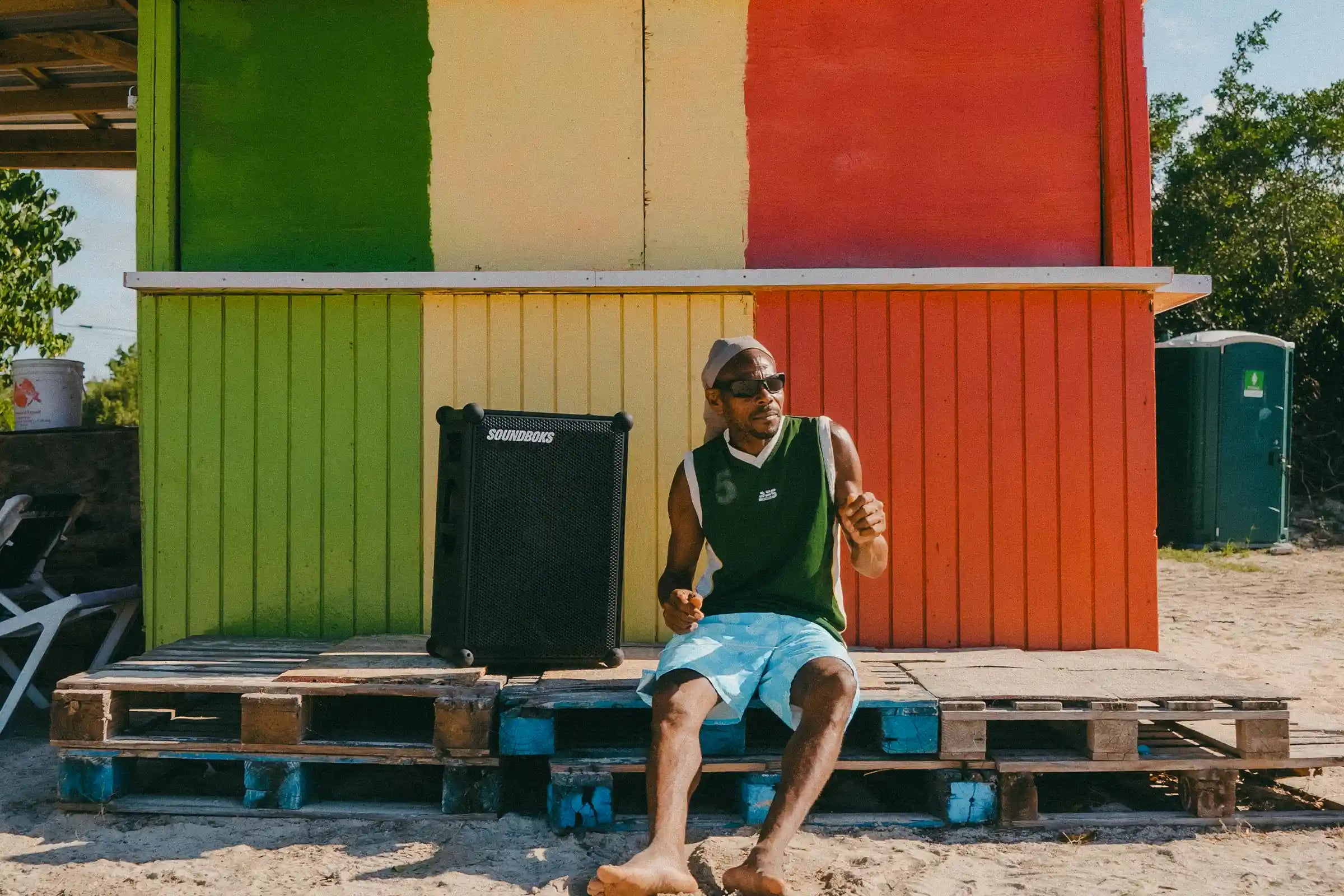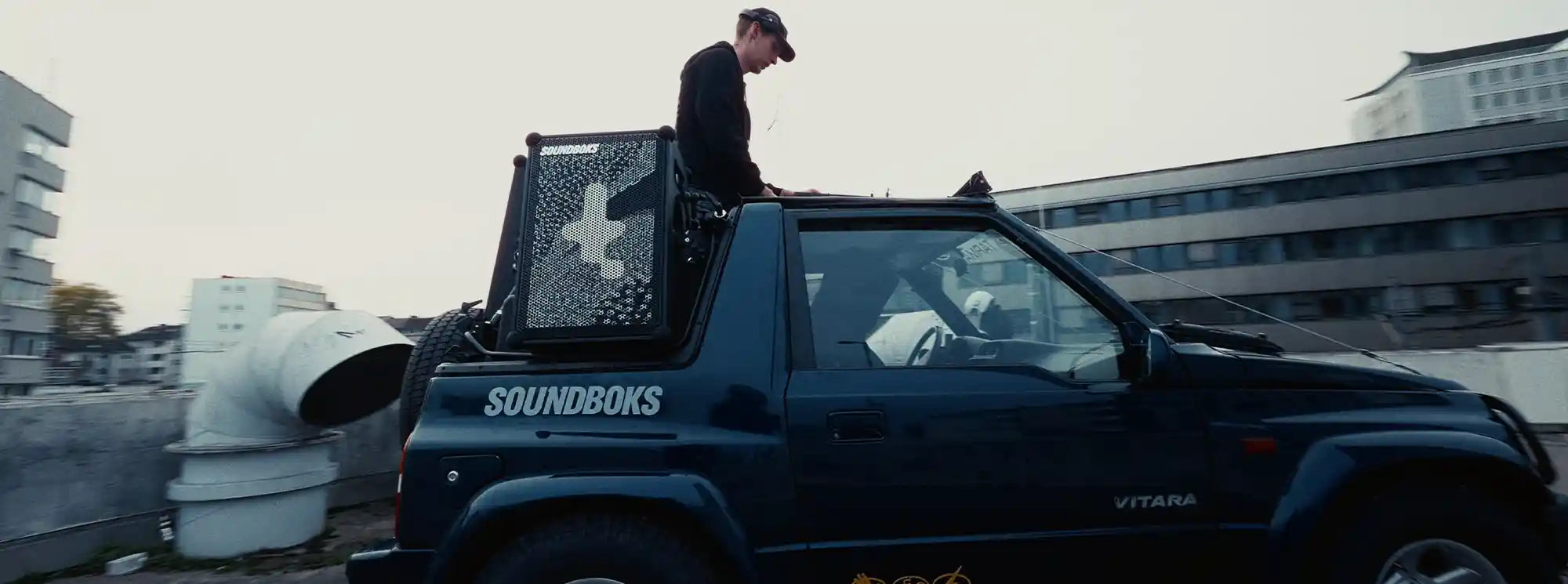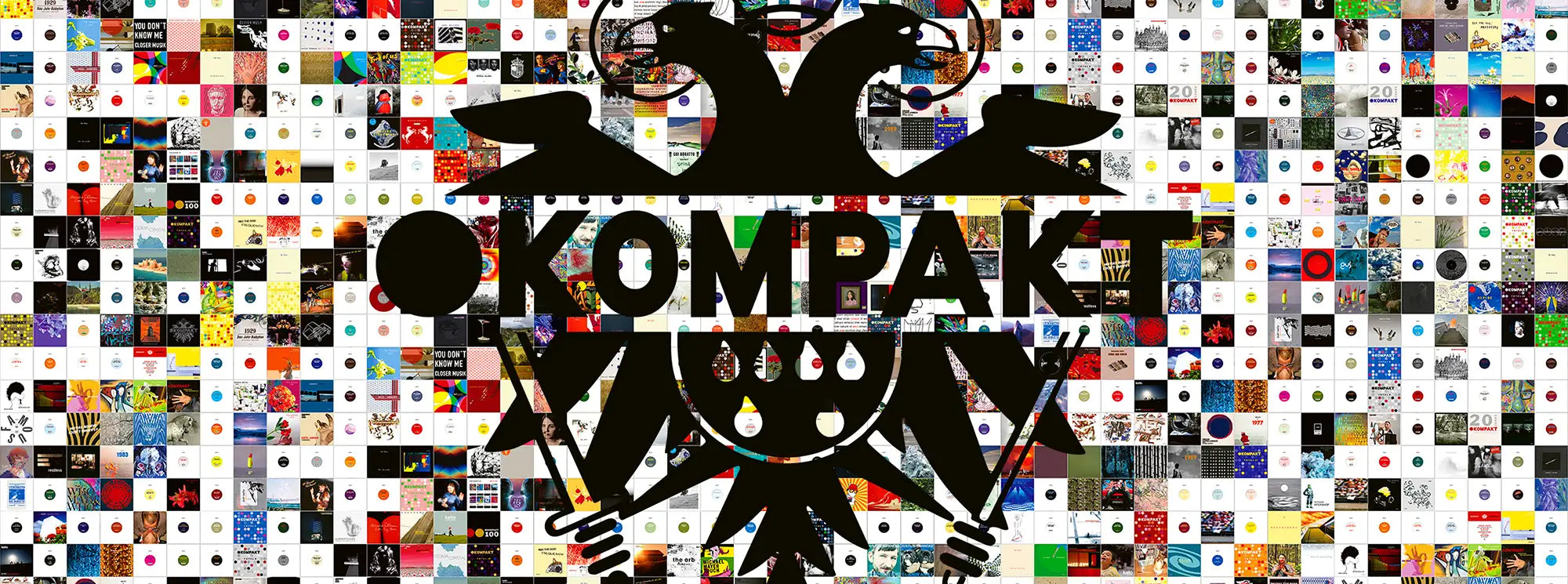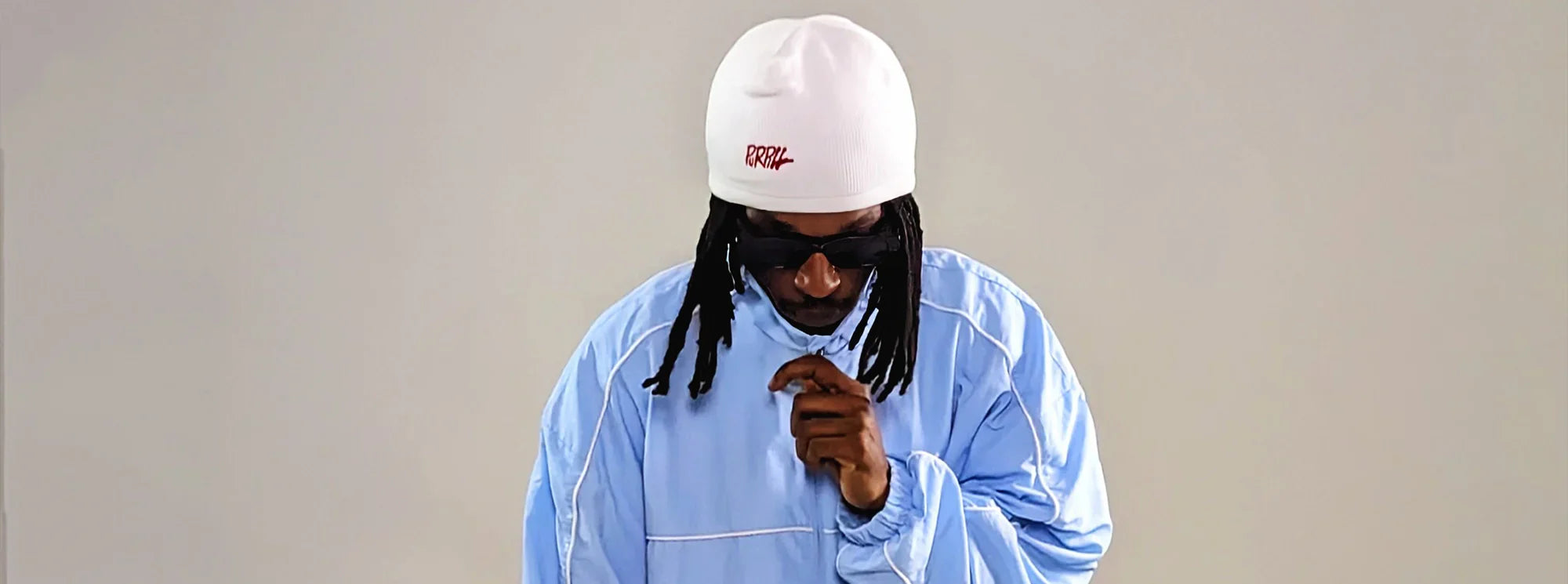When it comes to partying in the Caribbean, it’s impossible to ignore the sound system. These giant structures have blasted bass-heavy riddims on street corners since the 1940s. But beyond just making people dance, they’ve been a symbol of resistance, innovation, and community since day one.
Let’s dive into the history of the culture, it’s influence beyond Jamaica, and why the loudest is always the best.
Democratizing the party
Before we get into sound systems, we need to talk about phonographs and jukeboxes. As early as the 1910s, these devices allowed people to play their music at their parties. This revolutionized partying, empowering the public to host DIY musical entertainment. You could say this was the beginning of owning the party.
Rooted in Kingston
The first sound systems emerged in 1940s Kingston, Jamaica. Just like the phonograph and jukebox before them, these systems were created to supply tunes at parties. In essence, they were customized radiograms–large German gramophone players–built for public spaces and community events.
Delivering up to three times the frequencies of traditional stereo speakers, the sound system brought music to life like nothing else at the time. Bass and volume were the engineers’ priorities, while the physical designs were built for size and mobility. You could follow the sound to find the party; bass vibrated through the streets, cloaking the neighborhood and rattling ribcages for blocks on end.
Tom Wong is the man credited with establishing the blueprint for the modern sound system. The owner of a local hardware shop, his Tom the Great Sebastian was fueled by powerful custom-built amps, earning the reputation as the greatest system during that era.


For the people, by the people
Offering a cheaper form of entertainment than ‘live’ vocal and instrumental stage performances, they became the main site of music in Jamaican popular music by the mid- ‘50s. It took a community of people to put these parties on. From drivers to MCs, box boys to selectors, a sound system was never a one-person band.
At a time when certain genres were outlawed on the radio, sound systems filled the void. Unlike the domestic stations modeled after the BBC, there were no rules. Selection and style played a major role in building a reputation amongst the Kingston locals.
In the early days, rhythm and blues ruled the roost, brought back to the island by Jamaicans who travelled to-and-from the USA. But as the tech powering the parties became more sophisticated and refined, the local sounds of reggae, rocksteady, dancehall, and ska took over.
Sound bwoy fi dead
One of the biggest exports from sound system culture is the clash. These sound battles pinned two systems and their crew against one another, battling it out for sonic dominance. MCs trade bars while selectors drop the needle on exclusive records in a bid to hype the crowd up.
The sound clash pits bass rig against bass rig, sound “bwoy” against sound “bwoy,” dubplate against dubplate, DJ against DJ.
- Steve Goodman
Signaled by raw energy and judgement rather than a scoring system, an eventual winner is crowned by the people. Gun fingers and actual gun shots, lighters and setting stuff on fire were the crowd’s signals of approval.
The final blow in a clash was delivered by the system’s burial track. These were the baddest, heaviest, meanest records in a DJ’s arsenal–tunes that opponents simply couldn’t answer.
It’s said the first clash saw Tom Wong’s Tom the Great Sebastian square up against Count Nick in 1952. Representing their neighborhoods, the two sound systems traded tune-for-tune in front of a fired up crowd. Tom claimed victory in this clash, and again when the pair squared off later that year. This was the beginning of a major cultural movement.


The battle ground is testing ground
Secrecy and exclusivity were the key markers of killer sound system selection. Forming the foundation of a system’s reputation, DJs tried everything to keep their record collection unknown. Sound killers–records with scratched off labels–and specials or dubplates–temporary acetate records pressed in minimal numbers–were a DJ’s secret weapons. As the sole owner of these hits, you could only experience the bass and beats at their system.
These clashes offered producers and musicians the perfect place to tune their craft and find inspiration. Once they’d finished a track in the studio, it’d be put to the test on the battlefield. Techniques like dubbing and sampling were pioneered and perfected, fine-tuning tracks to do maximum damage.
As well as checking the EQs, frequencies, and balance, the crowd’s reaction also told ‘em what they needed to work on. If a track landed, they were on to something. If those gun fingers stayed put, it was time to work on a new tune.
From Kingston to the World
Reggae music is like a disease that is incurable / Once you catch it you have it for life / We spreading the virus till the whole world get infected.
- Prezident Brown, Roots of Music
Luckily for the rest of the world, sound system culture spread far and wide. For Jamaicans travelling in search of opportunity, it provided a reminder of home. Feeling excluded by the hostile pubs and clubs in 1950’s Britain and mainstream radio stations refusing to play their music, communities of migrants created their own social spaces with sound as the focus. Houses would open their doors and transform into dancehalls known as blues dances.
By the ‘70s, these spaces had grown from underground places for the marginalized to nationwide cultural celebrations. Notting Hill Carnival first introduced sound systems to the streets of London in 1973 and is still celebrated yearly to this day. Later, in the ‘80s, Dread Broadcasting Corporation became the first black music pirate radio in the UK, replicating sound system selection over the airwaves.
Today, scenes have popped up and anchored their roots in countries like Japan, Finland, France, Italy, Canada, and Germany. Just like Prezident Brown said, this virus is infecting the whole world.
The dub virus
You might not know it, but your favorite genre almost certainly sounds the way it does because of the culture.
Take hip hop for example. Kool Herc–one of the genre’s pioneering figures–introduced sound systems to the Bronx in the 1970s. Originally from Jamaica, Herc grew up with sound clashes on his doorstep. The music’s bass and MC’s lyrics stayed with him as he and his family emigrated to New York, influencing not only the block parties he hosted, but the hip hop he created. The systems he and his homies created developed their own processes and techniques, using records and turntables as instruments thanks to scratching.
Other genres like jungle, electro, house, techno, ambient, and dubstep all clearly reference the aesthetics pioneered by Jamaican sound bwoys–powerful, amplified speakers, separated frequencies, and rowdy, enhanced bass are all common features.
If you haven’t experienced a system in the flesh, fix that straight away! Hop on the internet and have a look for parties and events–we can almost guarantee you’ll find something nearby. Trust us, nothing compares to meditating on bass weight.



